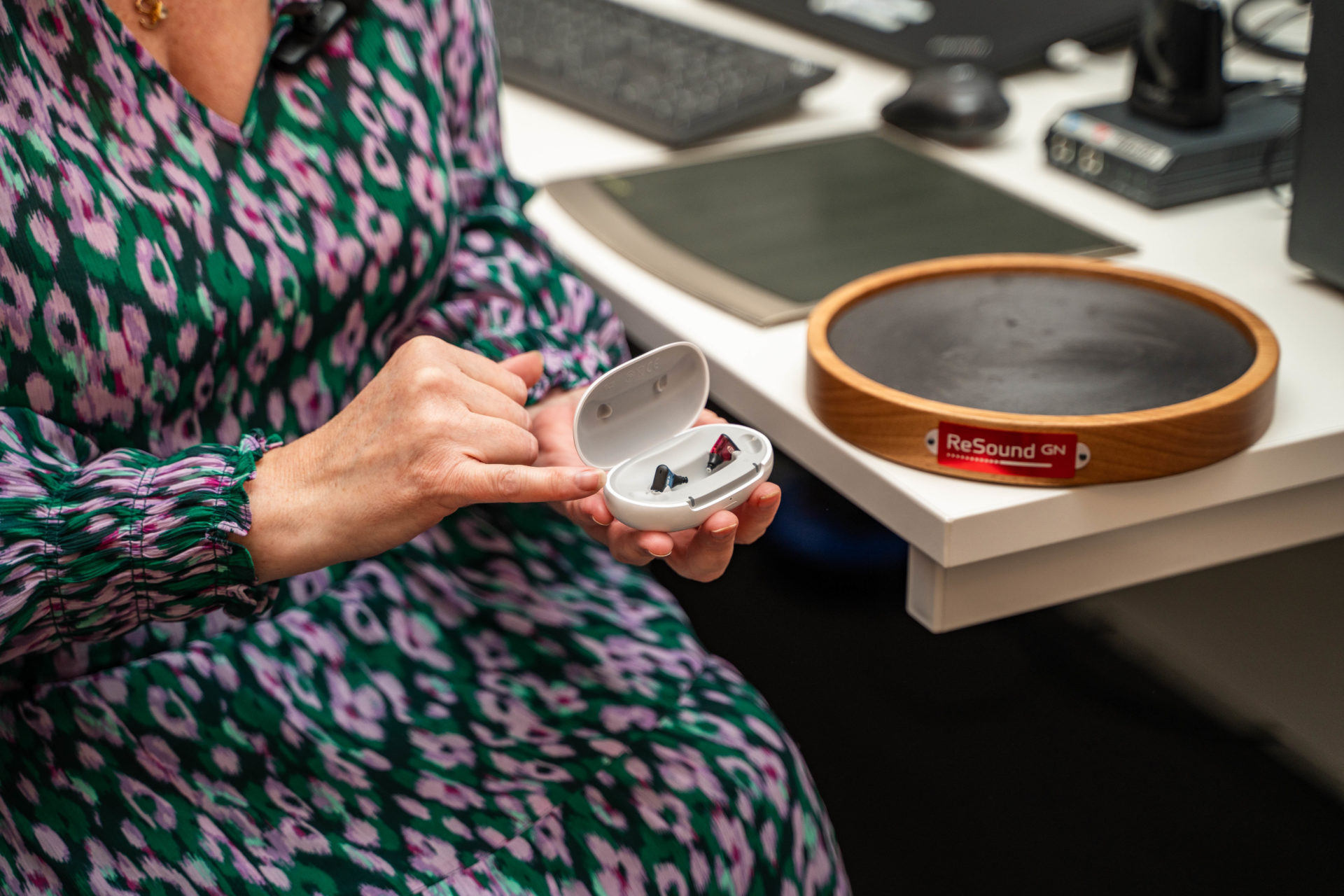
Frequently asked questions
FAQs
Can I get a free hearing aid trial?
We understand that hearing aids can be a bit of an unknown quantity for most people. Why not try before you buy? With Hearing Therapy Ltd you can. Come and be assessed at our easily accessible office at High Trees Clinic in Dore and you can leave with our excellent Flex Trial hearing aids for a two week trial to see if they are for you.
Tell me more about ear wax removal
We use Microsuction instead of traditional ear irrigation. We visualise your ear canal using a clinical Loupe microscope and a clinical Endoscope. Prior to treatment, we take an image of your ear canal and we also take an image after treatment to reassure you that your treatment has been effective.
For most people, irrigation can be a safe if quite noisy treatment. There is a slightly increased risk of creating an infection through washing bacteria-laden water down the ear canal. More serious is the risk of irrigating an ear with a perforation. This can create a long-lasting and difficult-to-treat middle ear infection. Usually, patients are aware if they have a perforated eardrum but a surprising number of people don’t know. Why take the risk when microsuction only removes unwanted wax and does not push anything else into the ear canal?
What’s the difference between invisible in the ear hearing aids and receiver in the ear hearing aids
Quite naturally most people when considering buying hearing aids first think of invisible-in-the-ear hearing aids. These can be very effective and comfortable and also very discreet. Some things to bear in mind are that due to their size, they usually don’t have the connectivity of their bigger siblings, i.e. connecting to your mobile phone, assistive listening devices, landline etc.
The batteries due to their size also don’t last as long. Finally being a custom hearing aid if something goes wrong they usually need to be sent back to the manufacturer for repair. A small receiver in the ear hearing aid can be almost as hard to spot but is far easier to maintain in most cases. They can also benefit from the new rechargeable hearing aid battery technologies.
Is there a charge for a hearing assessment?
At Hearing Therapy Ltd we believe that a detailed diagnostic assessment is essential to understanding our patient’s needs and offering them appropriate advice. Without doing this, conditions of the ear can be missed that would otherwise have needed to be referred to an Ear, Nose and Throat Consultant.
If you book into our clinic for a hearing test there is a £50 fee refunded when making a purchase of £500 or more. For a home visit, we do charge £30 but this is also refunded if you go ahead with a >£500 purchase.
What can be done to help tinnitus?
The understanding most people have is that tinnitus can’t be treated. While it is true that there is currently no routine medicine, we can certainly help a great deal with its intrusive nature. One of the main and most successful interventions is the correction of any hearing loss. We also use relaxation techniques and teach patients how to repair damaged sleep patterns. Education and training in effective coping strategies are also helpful.
Why are digital hearing aids so expensive?
For their small size private digital hearing aids can seem to be excessively expensive. Why is this?
In order to develop ever more effective, intelligent and connected hearing aids manufacturers, need to spend millions of pounds in research and development. These advances have given us features in hearing aids that even five years ago we couldn’t imagine. For example, low-powered Bluetooth allows direct connection with your mobile phone for effortless and superb call quality. The latest sound processing strategies such as Oticon’s ‘Brainhearing’ on their OPN S range of hearing aids allow for clearer and more natural hearing in all environments. To make this technology more affordable all manufacturers offer a range of technology levels with each new model of hearing aid. This allows you to choose the features you need and not the ones you don’t. For example, Phonak’s top-of-the-range hearing aids have an amazing ‘Speech in Car’ function that is incredibly effective at filtering out road noise. But if you rarely take car journeys you may not need this feature.
Unlike other sizeable purchases such as cars, televisions, etc, there is a considerable amount of ongoing care and support required with hearing aids. Your dispenser might see you 3-5 times in the 1st year after your fitting and 2-3 times a year after this.
So while the purchase price can seem to be high you are not just buying a device. You are getting ongoing access to highly skilled clinical support for the entire life of the hearing aids which can often keep working well for up to 10 years!
Is ear syringing safe?
The old-style steel syringes were unfortunately quite dangerous. The rubber seal over time would perish and become sticky leading to far too much pressure being applied. This could sometimes lead to perforated eardrums and chronic ear infections.
These days we use purpose-made pulse pressure ear irrigators that are very safe to use. As long as the ear is thoroughly dried after use post-treatment infection is very unlikely
